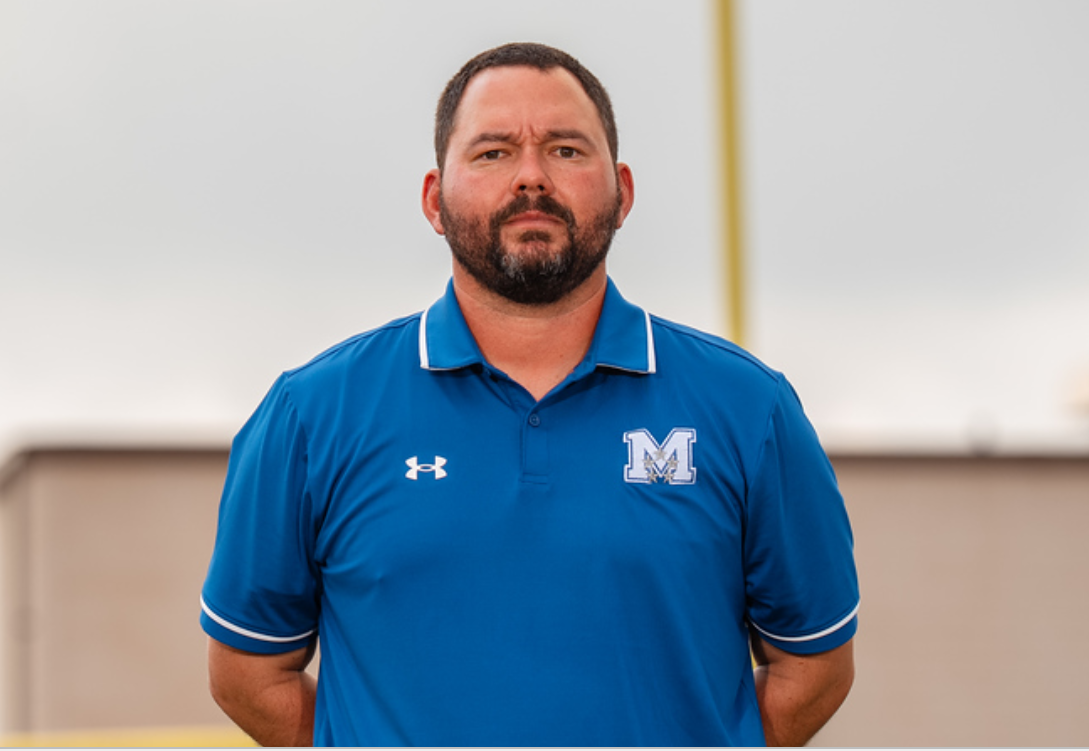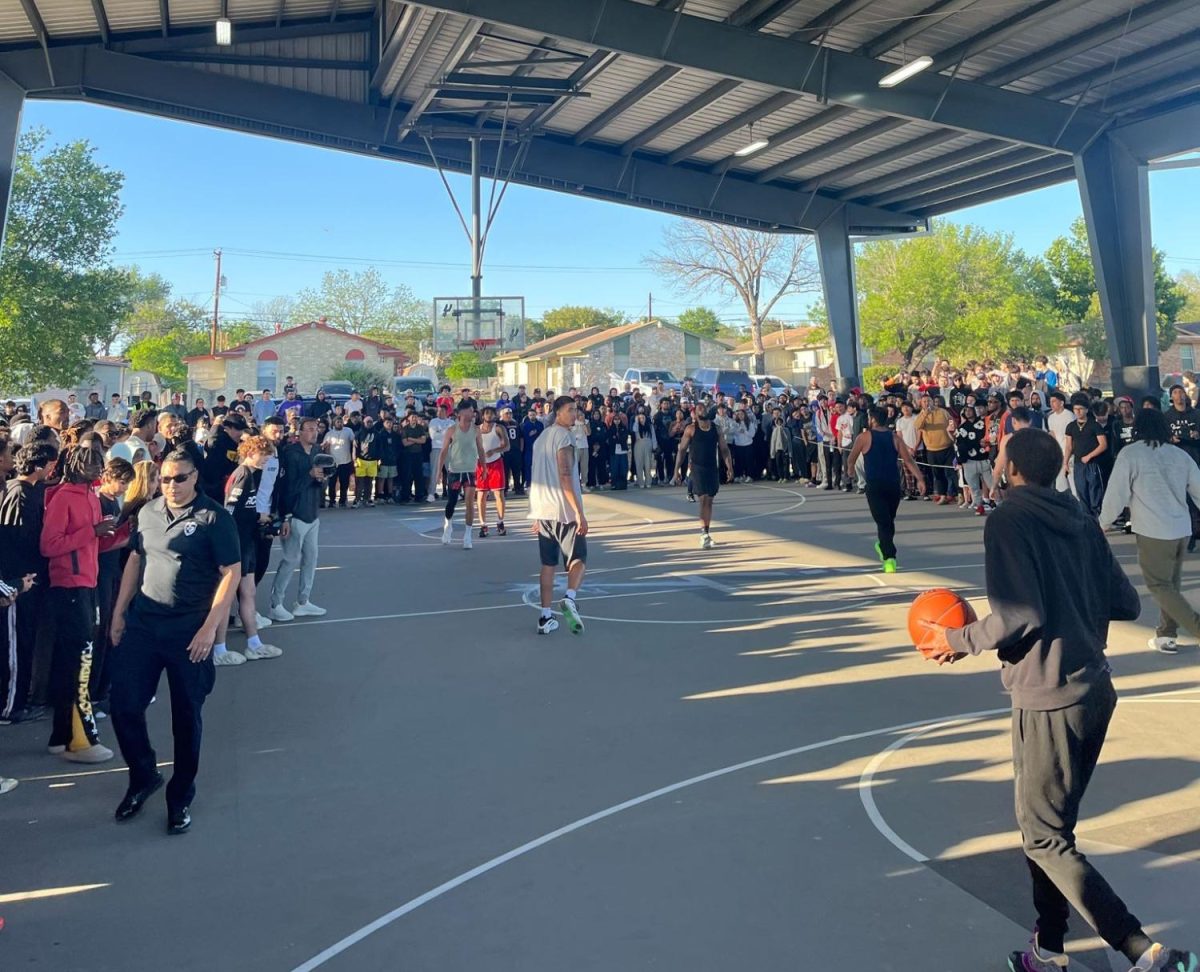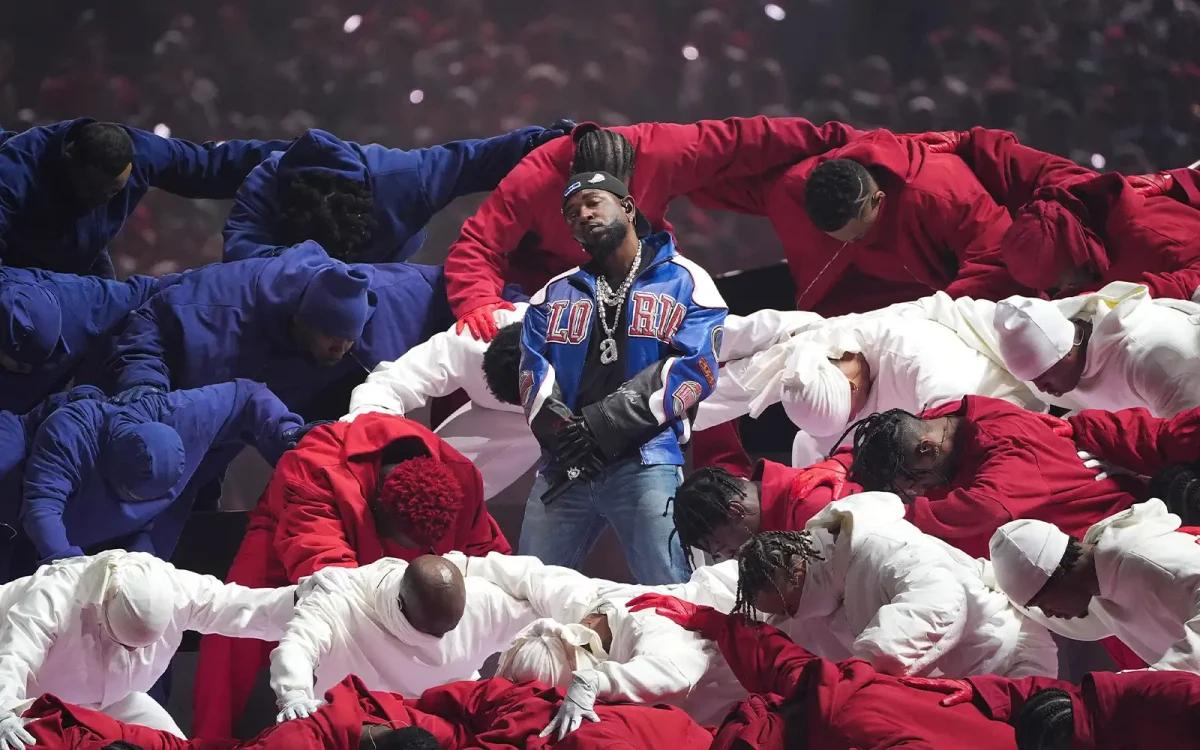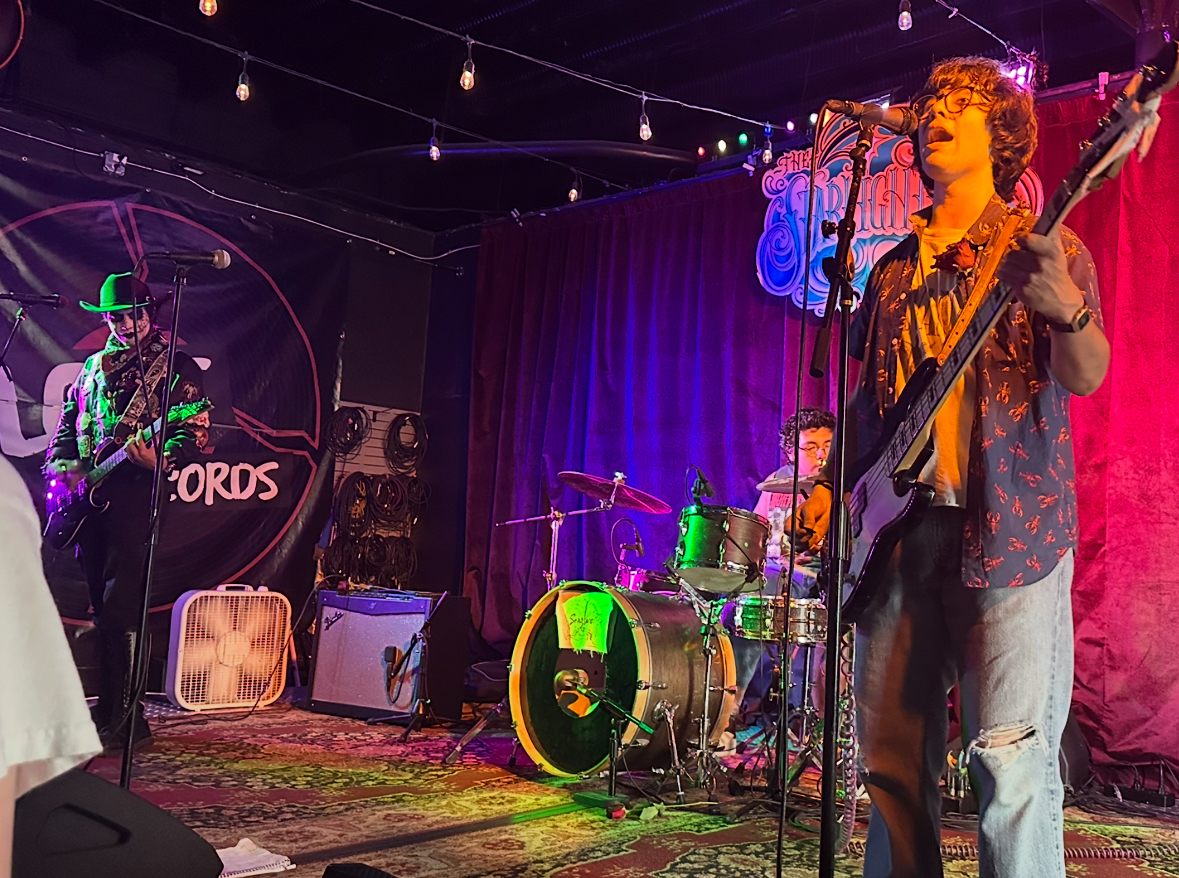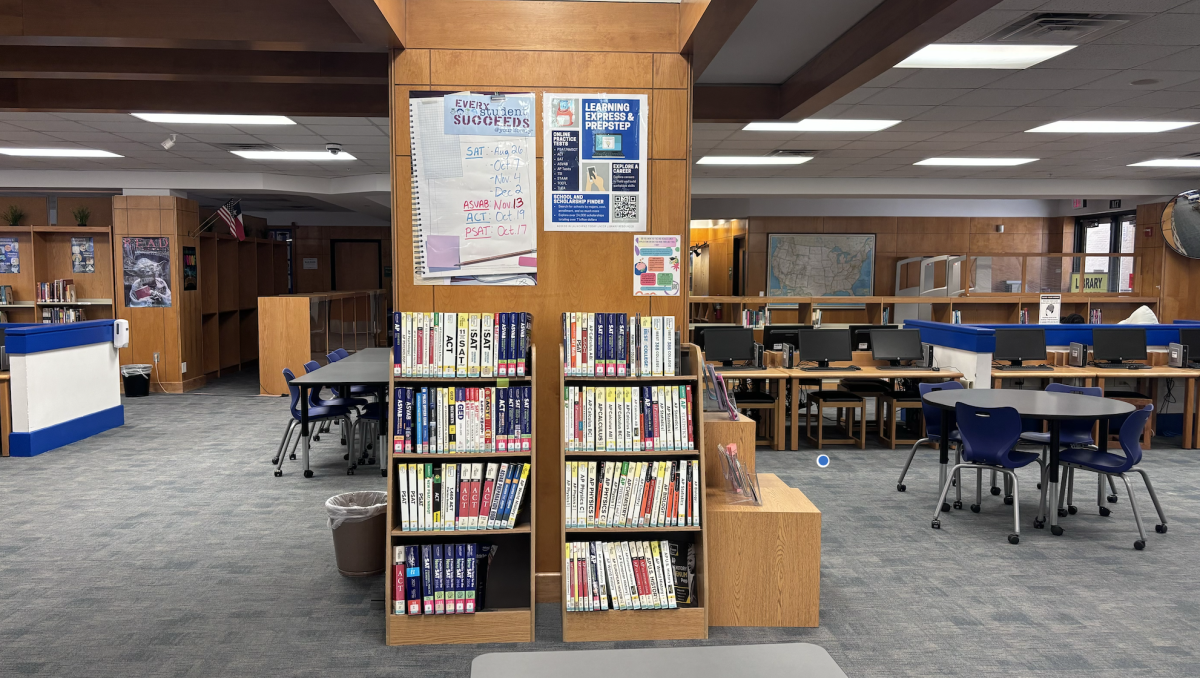As students scurry through the halls to get to their next class there’s a plethora of things they will encounter. Rows of lockers, the majority unused, teachers shouting how much time is left till tardy sweep, friends chattering excitedly, and more likely than all of these: couples.
Couples line the hallways, bunched on the left and on the right, normally bringing to mind familiar thoughts leaning towards negative inclinations about the state of relationships in high school. However, not every couple, smiling brightly at their partner or playing with each others hands, is an on-and-off, stereotypical high school relationship as portrayed in movies and the media.
“Our first date was [in] seventh grade,” senior Jessica Martinez said. “We went to the ice rink at Northwoods.”
Martinez and her boyfriend, senior Chase Steinmetz, have been together for five years, outweighing the number of weeks or months some couples last. Even though, at the beginning, a relationship between the two did not seem likely.
“I met him sixth grade in art class, [and] of course he was that mean boy who would always pick on me,” Martinez said. “His sister, Alex [and I] became best friends. She invited me over to her birthday party, [which was] a sleepover, he was there and we just started flirting. That’s were we hit it off.”
Now Martinez lines the halls with Steinmetz to exchange a few words before heading to class.
“[To make a relationship work] you need a lot of trust and respect, you need communication, and to not be so serious all the time,” Martinez said.
Besides length, some couples harbor unique stories about how they met, differing from the couples that are both MacArthur students. Some meet at concerts, others meet at work, and some have even met their partner online, like senior Audrey Hankins.
“We both would go on this online image board, specifically the music side of it,” Hankins said. “We were on a board where you make little characters, descriptive of you in real life. It’s supposed to be a ‘meet-up’ thread.”
Hankins and her boyfriend both wrote that they were from Texas. From there, they began messaging one another.
“We started messaging in Nov., then we played online video games together and it was fun,” Hankins said. “Then I went out of state that following Dec. and when I came back, we started messaging each other like crazy.”
The couple has been together for two years now, despite the negative stances towards meeting people online.
“It’s different for everyone but I think a positive of online dating is you’re forced to take it much more slowly, [and] you talk a lot more,” Hankins said.
Beyond that, Hankins also believes online relationships can sometimes have more security.
“If you’re meeting someone online, you generally don’t reveal as much information about yourself immediately,” Hankins said. “Some people who date someone locally might be more quick to spill everything about them. That can turn people off.”
While Hankins and her boyfriend see each other on a weekly basis, since he lives in Austin, some couples have to face long periods without seeing one another for various reasons. Senior Erin Schroeder’s boyfriend, a U.S. Marine, cannot always be around for visits, even on days like Valentines Day.
“It really [stinks] when he’s away,” Schroeder said. “I can handle it when he’s on base, like in California, because I can still talk to him. But when he’s deployed I don’t know when he’s going to call, when he’s going to Skype, or anything, and when he does it has to be for two minutes or less.”
Beyond the sometimes forced isolation between the two, there is evident reason for Schroeder to be concerned for her boyfriends safety.
“I’m constantly worrying about if he’s okay,” Schroeder said.

However, Schroeder looks on on the bright side and the strength forged during their long periods apart.
“Honestly, I think it means a lot more because we spend all this time apart so that makes us cherish the moments we do spend together,” Schroeder said. “Yeah it’s really hard, and yeah sometimes you start to think ‘what if he’s talking to another girl’, but it really shows the trust you have for each other. And when he does come home it really does mean everything [to me].”
Dozens of other couples, whether they be same-gender or different, whether they both attend the same school, or whether they both even live in the same state, exist within the halls of MacArthur. Each of them have quirks about their relationships and differences that make them unique when compared to the same high school love story we see portrayed in the media.
“I am a firm believer that communication is the largest part of a relationship,” Hankins said. “I think the biggest thing you see with high school relationships that fall apart really easily is that there was a lot of mistrust between them. There’s a lot of rumors, gossiping, [and] they just [don’t] talk to each other.”




